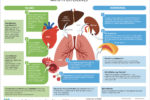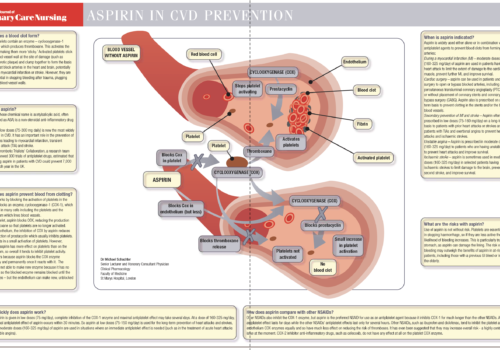Everyone between 40 and 74 years of age is to be offered checks for vascular disease as part of the new Putting Prevention First programme. The aim is to identify vulnerability to vascular diseases, with the goal of preventing up to 9,500 heart attacks and strokes and saving 2,000 lives every year. Who will this programme target, and what will we need to do to put it into action?

























